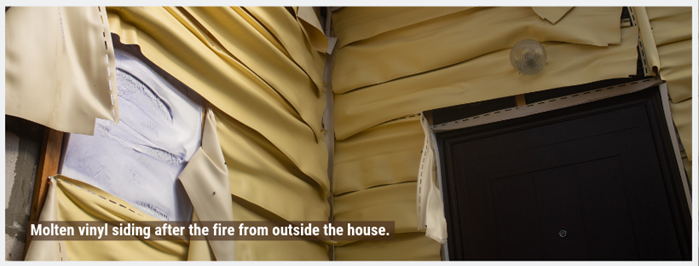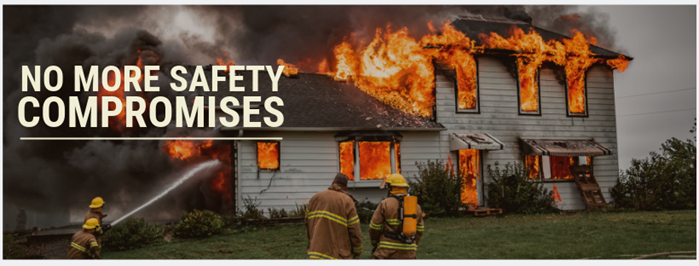The Plight of Non-Combustible Cladding Options
Despite the advent of fire safety awareness, technology, and more abundant non-combustible building materials, the US continues to suffer an increasing loss of property and life due to fire. According to the latest US Fire Administration statistics, since 2008 the US death toll from fires rose 9.6% and property value loss rose 12% - totaling $23 billion dollars.

The combination of more homes being built in natural surroundings coupled with the increasing size, scope, and severity of wildfires, home builders are faced with increasing pressure from consumers, government agencies, and local code officials to increase the use of noncombustible building materials to help protect life and property.
The growing risk of structure to structure fires
Builders must contend with fire risks on the outside and inside. Over 90% of residential structure fires are caused from within the home. But shrinking lot lines and the increasing threat of wildfire exposure mandates combustibility be addressed on the outside as well. Homes and forests intersect in the wildland-urban interface or WUI. Both the number of homes in the WUI and a total footprint of the WUI are growing rapidly, and this expansion has many implications for wildfire management. With the increasing risk for exterior ignition and regulatory requirements, builders face the challenge of building with ignition resistance siding materials with few great options that meet customer, regulatory, and business needs.

The fire protection tradeoffs in cladding
The apparent challenge that builders face here is the tradeoff of cost, aesthetics, and physical performance. Though unfortunate that increased protection comes at the price of profit, the widespread availability and economies of scale for non-combustible building materials has not yet reached the tipping point, and builders must work to find a fair balance.
To date, builders had limited options for exterior cladding when it came to fire protection. Outside of traditional masonry materials like brick, manufactured and natural stone, the possibilities were limited. The most popular exterior cladding options all require tradeoffs of some form or fashion. The chart below summarizes how traditional cladding materials perform against fire and where they make tradeoffs across different performance categories.

Each comes with a significant tradeoff that builders must weigh and consider. Brick and stone are considered the standard for non-combustible cladding. But these options are increasingly expensive to install due to the shrinking masonry trade and long build cycle times. Vinyl and wood sidings compromise aesthetics, long-term durability, and fire protection-but are very affordable and easy to install. Fiber cement is considered ignition resistant, but also comes at the expense of aesthetics, durability, and installation headaches such as silica mitigation.
Unless codes and government policies like the WUI regulation mandate noncombustible exterior cladding, builders are unlikely to absorb the added cost of using traditional materials like brick and stone due to the rising expense of installation. Cheaper materials are often selected despite continued high demand for the look of brick and stone cladding. The residential building industry needs a new class of high performing exterior cladding that eliminates the need to make critical safety compromises.
New ignition resistant, composite claddings
Many building material companies focus on better fire detection technology, higher performing wall assemblies to increase escape time and protective coating applications. But some are looking to advanced composites as a potential solution. New ignition resistant, composite claddings such as Qora Cladding manufactured by Arcitell LLC, will offer builders an option that requires no compromises and ticks all the boxes.

Using a proprietary fiber reinforced phenolic resin compounding technology the Qora composite cladding panels will meet Class A and ignition resistant standards, be indistinguishable from real materials, offer longer-term durability, be faster and easier to install, and will be economically viable for builders. Qora will provide builders the ability to provide traditional brick and stone looks without the high installation costs and sacrifice of using inferior materials. Builders can give homeowners a look they want with the benefit of fire protection and lower installation costs. Qora will bring about new technology to help builders break the fire risk cycle and provide a new weapon in the fight against life and property loss. With this innovation, everyone wins.
----------------
ABOUT THE AUTHOR
For over 20 years, Mike has worked in the building industry. He was a key player at Louisiana Pacific leading a team of over 60 regional sales and marketing professionals in executing the exceeding organization goals. At Arcitell, he is in charge of the sales and marketing of Arcitell's Qora Cladding product into the North American market.

